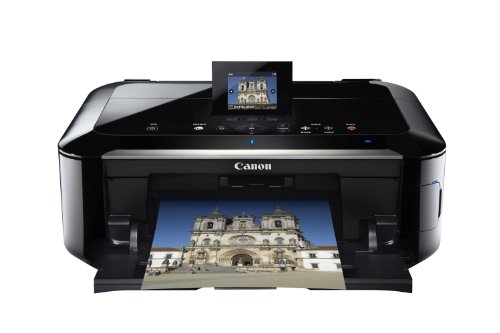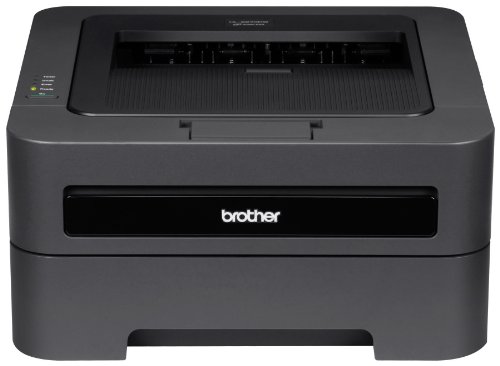The first thing you might ask - what is solar radiation and how does it related to solar generated electricity? A good question and one that is discussed in one of our article dedicated to home solar power. This article, on the other hand, explains how kilowatts are calculated based upon the energy output of your solar array. We will also highlight the difference between solar cells connected in parallel versus in series.
The average American home uses about 25 kWh of electricity per day. The following example illustrates how to calculate the power produced by a residential solar energy system. By consulting a solar radiation map, we find that a house receives 5 hours of direct solar radiation a day, averaged out throughout the year.
Solar radiation maps are highlighted on may websites throughout the Internet. You can do a quick search for "solar radiation" to find one. They essentially plot the amount of sunlight based upon time of year and physical location that will hit the United States in any given area.
Calculating the power from a solar energy system
Divide the average kWh per day by the average sun hours per day. For this example, we take 25 kWh divided by 5 hours of sun per day = 5 kW system This 5 kW system will generate 25 kWhs under optimal conditions in direct sunlight for 5 hours, or 25 kWh on an average day with some at peak production and most of the sunlight at less than optimal angles.
Future articles related to solar energy will continue to explain the effects of sun angle, reflection, and refraction on the design, output, and installation of solar panels.
Energy as it Pertains to Solar Modules
Individual solar modules that are measured in watts have a particular voltage (around 40 volts) and a particular amperage (around 5 amps). A solar module with 40 volts and 5 amps is called a 200-watt module, which means that it has the potential to produce 200 watts of electricity when in direct sunlight, away from trees or shading, and clear of snow or debris. Since most electrical components around your house are only rated for 600 volts DC, it is rare to see a solar array with a string larger the 15 solar modules. On the other hand, since inverters need a minimum voltage or pressure to turn them on, you will seldom have a solar array with a string solar modules with a size smaller then 6.
Electrical components, like solar cells, panel modules or batteries, can be connected in either series or parallel. This makes a big difference in the total quantities of energy produced from the solar energy system, as well as the stability of the technology over time. Each solar module or component has a positive and a negative pole. In essence, this is the same way batteries have their negative and positive poles arranged. Take a look at how you but batteries in a flashlight. Same idea here. The manner in which these poles are connected makes a big difference. Connect Solar Panels in Series
When you connect residential solar energy systems in series, you connect the positive (+) pole on one component to the negative (-) pole on the next. When modules are connected in series, the voltages are added. Adding voltage together in this fashion creates a long chain of solar modules all working together, depending upon each other, and creating a flow of current that increases along the length of the system.
These modules in series are called Strings. The average string is 8-12 modules so the voltage would be 320 - 480. Unfortunately, we encounter some negative aspects of of this type of construction.
Connecting Solar Panels in Parallel
When you connect solar panels or components in parallel, you connect the panels so current can travel to your inverter and to your house via multiple paths. Unlike adding solar modules in series which increases the volume of current as it goes, the solar panels connected in parallel has the effective of leaving the current or volume of electricity passing through the system the same.
Solar panels or strings of solar arrays tied together in parallel are called parallel systems. Their amps are combined together but the total voltage remains the same. Adding amps is like increasing the volume, the pressure stays the same but the volume goes up. Inverters can only handle so much volume so you will seldom see more than 1 to 3 strings in parallel; positive ends to positive ends with negative ends to negative ends.
One of the advantages of parallel connection is that electricity continues to flow, even though one of the components (or strings) is damaged. If a system is entirely in series, one damaged component stops the entire system. You may remember the ever-frustrating Christmas lights that were connected in series. Often difficult to trouble shoot, strings of lights connected in series are hard to fix when one bulb blew out. Now, the modern Christmas lights are connected in parallel. You can see this because there are two wires connecting each lamp. You can feel this via their less frustrating maintenance and operation.
Options for Residential Solar Energy Systems
In this article, we explained in some detail how solar modules calculate the power they produce as well as how connecting solar arrays in series or parallel can have an large impact on energy output as well as complexity of design. Our next article will cover how sun angle affects solar energy systems and how to quantify the solar power produced from the sun.
New solar energy system rentals allow you to upgrade your home to solar generated electricity with no large system to purchase. You can rent the solar energy equipment needed to generate up to 100 percent of your electricity needs. Exciting aspects related to clean, green solar energy are emerging all around us.













